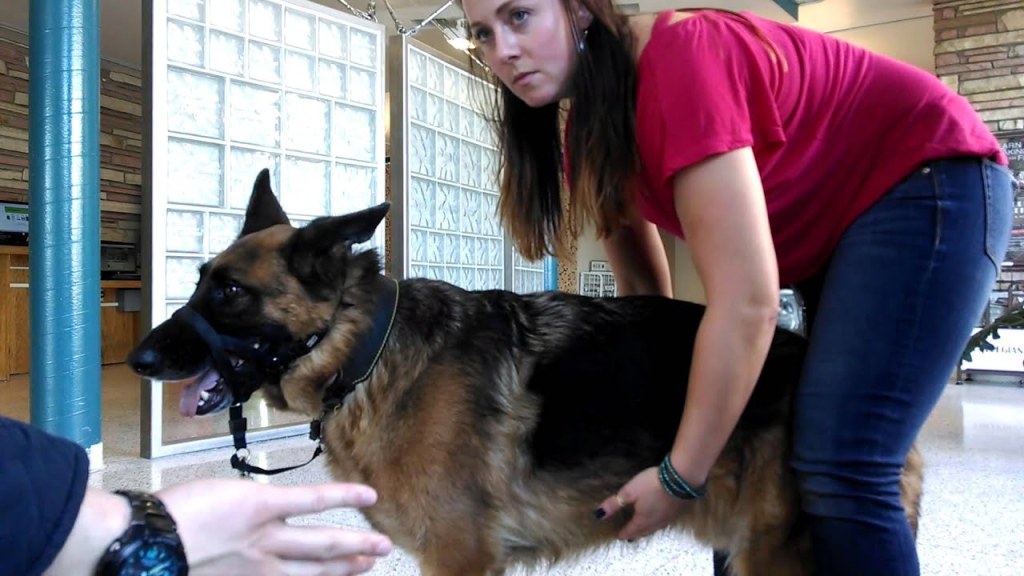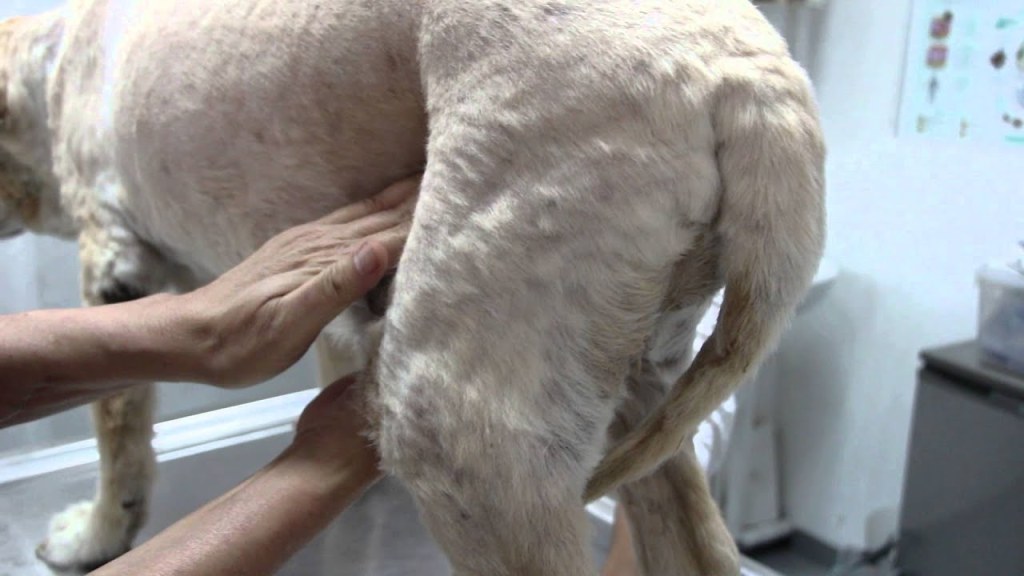Master The Art Of Palpating For Puppies: Your Ultimate Guide To Proper Techniques And CTA
How to Palpate for Puppies: A Guide for Puppies Lovers
Greetings, Puppies Lovers! If you’re a passionate dog enthusiast or a breeder, knowing how to palpate for puppies is an essential skill. Palpation is a technique used to determine if a dog is pregnant and to estimate the number of puppies she is carrying. This article will provide you with a step-by-step guide on how to effectively palpate for puppies, ensuring the well-being of both the mother and her future offspring.
What is Palpation and Why is it Important?
🔎 Palpation is a veterinary procedure used to manually examine a pregnant dog’s abdomen to detect the presence of puppies. By gently feeling the dog’s belly, breeders and veterinarians can assess the pregnancy’s progress, monitor the health of the mother, and prepare for the upcoming birth.
2 Picture Gallery: Master The Art Of Palpating For Puppies: Your Ultimate Guide To Proper Techniques And CTA


🐶 Palpation is crucial for several reasons. Firstly, it allows breeders to confirm pregnancy, which is essential for planning and providing the necessary care during gestation. Additionally, palpation is essential to identify potential complications, such as fetal distress or abnormalities, enabling prompt intervention if needed. By learning how to palpate for puppies, you can become a more responsible and informed caretaker for your beloved dogs.
Who Can Perform Palpation?
👩⚕️ While palpation is a veterinary procedure, with the right knowledge and guidance, dog owners and breeders can learn to perform it themselves. However, it’s important to note that palpation should always be done under the supervision of a professional veterinarian, especially for inexperienced individuals.
When is the Best Time to Perform Palpation?
Image Source: ctfassets.net
⏰ The optimal time to perform palpation is around 28 to 35 days after mating. At this stage, the puppies’ skeletons have begun to form and are easier to detect. It is important to avoid palpating too early, as it may lead to inaccurate results. Waiting until the appropriate time ensures a more accurate estimation of the litter size and the presence of any potential complications.
Where Should Palpation be Conducted?
🏥 Palpation should be conducted in a calm and clean environment. It is recommended to have a designated area, such as a clean mat or table, where the pregnant dog can be comfortably positioned for the examination. A quiet room free from distractions will help keep the dog relaxed and facilitate a more accurate palpation process.
Why is Palpation Beneficial for the Dog and Breeder?
✅ Palpation offers several advantages for both the pregnant dog and the breeder. For the dog, regular palpation can ensure her well-being throughout the pregnancy by detecting any potential complications or health issues that may arise. By identifying these concerns early on, appropriate measures can be taken to safeguard the health of both the mother and the puppies.
✅ For breeders, palpation provides vital information about the litter size, allowing them to make necessary preparations for the imminent arrival of the puppies. It also helps breeders monitor the pregnancy’s progress and estimate the due date, ensuring they are adequately prepared for the birthing process.
How to Palpate for Puppies: Step-by-Step Guide

Image Source: ytimg.com
🔍 To palpate for puppies, follow these steps:
Step 1: Prepare the Environment
🌟 Create a calm and clean environment for the palpation process. Ensure the dog is comfortable and relaxed by choosing a quiet room free from distractions.
Step 2: Position the Dog
🐾 Gently place the pregnant dog on a clean mat or table. Position her on her side, enabling easy access to her abdomen.
Step 3: Apply Lubrication
💧 Apply a small amount of water-based lubricant to your hands to minimize discomfort for the dog and facilitate smoother palpation.
Step 4: Begin Palpation

Image Source: ytimg.com
👐 Starting from the lower abdomen, use gentle pressure to feel for the presence of puppies. Gradually move your hands upward, exploring the entire abdominal area. Take note of any lumps or bumps you encounter.
Step 5: Locate the Puppies
🔍 As you palpate, you should be able to feel the puppies’ round, sac-like structures, known as amniotic sacs. These sacs contain the developing puppies and can be identified as distinct, grape-sized formations.
Step 6: Count the Puppies
🔢 By systematically moving your hands across the abdomen, you can count the number of puppies you feel. Remember that each puppy will have its own amniotic sac, allowing for an accurate estimation of the litter size.
Step 7: Repeat if Necessary
🔄 If you do not feel any puppies or are unsure about your findings, it is advisable to repeat the palpation procedure after a few days or consult a veterinarian for further assistance.
Advantages and Disadvantages of Palpation for Puppies
👍 Advantages:
1️⃣ Early detection of potential complications.
2️⃣ Accurate estimation of litter size.
3️⃣ Monitoring the progression of the pregnancy.
4️⃣ Preparation for the birthing process.
5️⃣ Strengthening the bond between the breeder and the dog.
👎 Disadvantages:
1️⃣ Requires experience and proper guidance.
2️⃣ Possibility of misinterpretation of findings.
3️⃣ Potential discomfort for the pregnant dog.
4️⃣ Inaccurate results if performed too early or incorrectly.
5️⃣ Limited information about individual puppy health.
Frequently Asked Questions (FAQs)
1. Can palpation harm the mother or puppies?
No, when performed correctly and gently, palpation does not harm the mother or her puppies. However, it is essential to exercise caution and seek professional guidance to ensure the well-being of the dog and her offspring.
2. How accurate is palpation for determining the litter size?
Palpation is a reliable method for estimating the litter size, with an accuracy rate of approximately 80-85%. However, it is important to note that the actual number of puppies may still vary during the birthing process.
3. Can palpation replace veterinary assistance during pregnancy?
No, while breeders can learn to palpate for puppies, it is crucial to involve a veterinarian throughout the pregnancy. Veterinary assistance ensures comprehensive care for the dog and allows for professional monitoring, guidance, and necessary interventions.
4. Are there any alternatives to palpation for determining pregnancy?
Yes, alternative methods such as ultrasound and X-rays can be used to confirm pregnancy and estimate litter size. However, these techniques require specialized equipment and professional expertise.
5. What should I do if I encounter complications during palpation?
If you encounter any complications or have concerns during palpation, it is crucial to seek immediate veterinary assistance. Professional guidance can help address any issues and ensure the well-being of the pregnant dog and her puppies.
Conclusion
In conclusion, learning how to palpate for puppies is a valuable skill for any puppies lover or dog breeder. By understanding the importance of palpation and following the step-by-step guide provided in this article, you can ensure the well-being of your beloved dogs and their future offspring. Remember to always seek professional guidance and involve a veterinarian throughout the pregnancy journey. Happy palpating and best wishes for a successful and healthy litter!
Final Remarks
Disclaimer: This article is for informational purposes only and should not replace professional veterinary advice. If you have any concerns about your dog’s health or the palpation process, please consult a qualified veterinarian.
This post topic: Puppies

